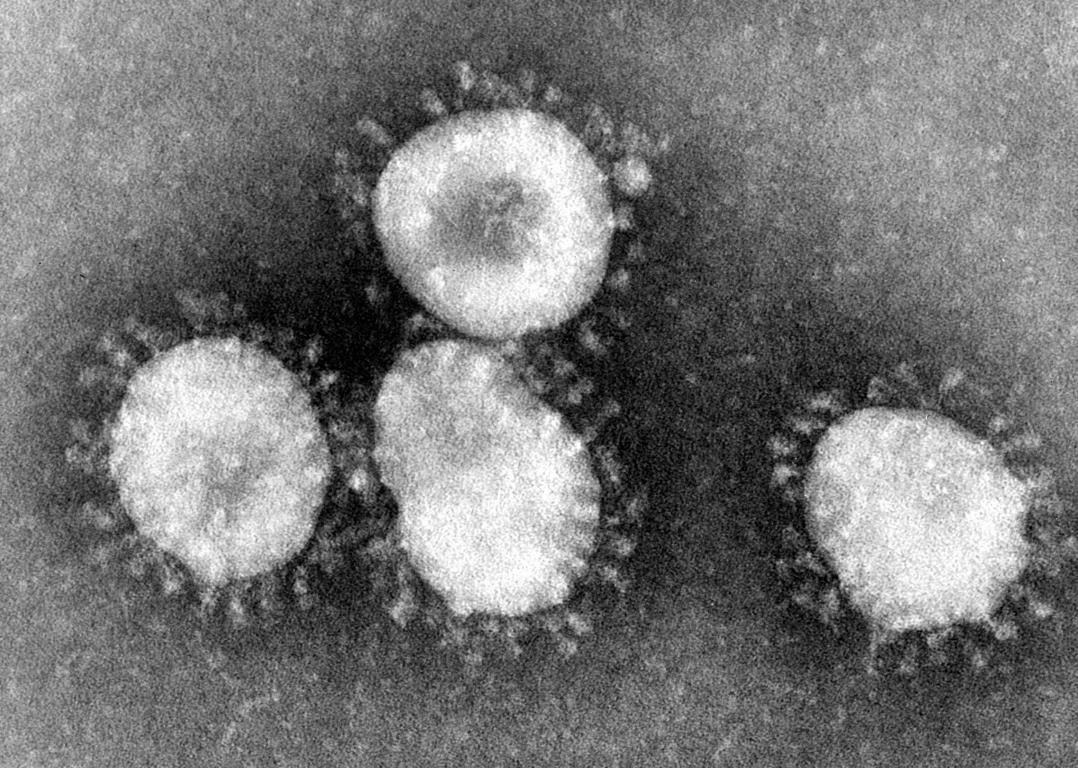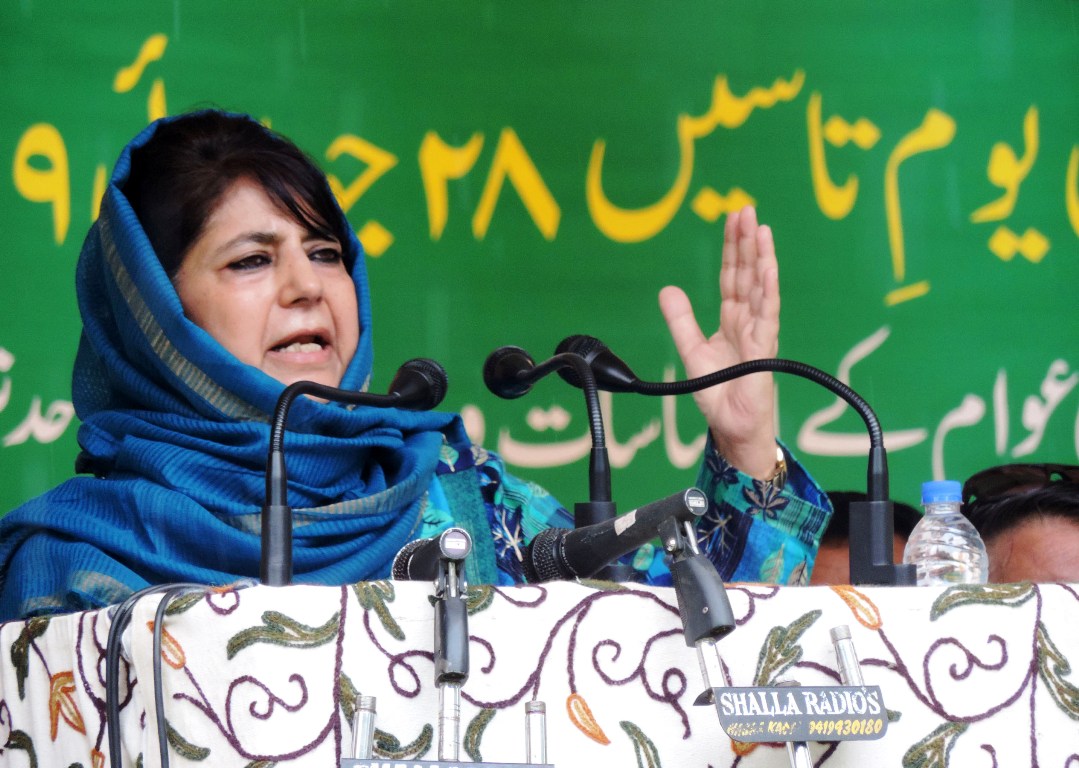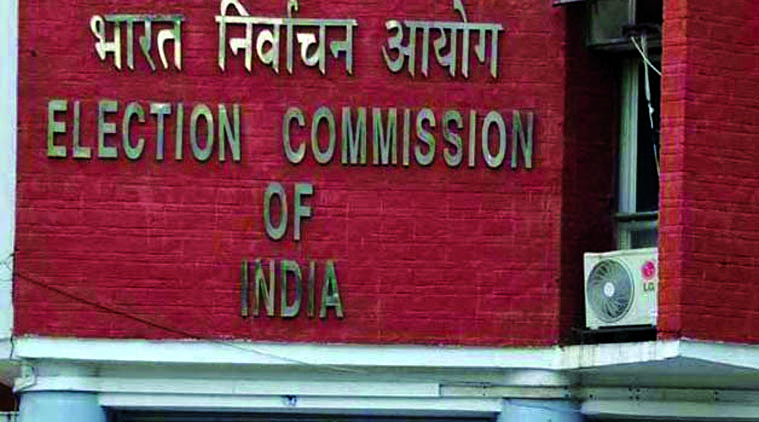by Tahir Bhat
Srinagar
While one of the nine samples taken from Kashmir residents flying home from China has tested negative for novel Coronavirus (nCoV) infection, authorities are waiting for the eight remaining results with their fingers crossed. By now, officials said 44 residents of Kashmir – across all 10 districts, have been quarantined at home. All of them were asymptomatic, lacking any symptom of the deadly virus infection.

“All these residents have been asked to remain in isolation at home simply because they flew from China,” Dr Manzoor Ahmad Qadri, who is overseeing the issue, said. “Our rapid action team members visit them in mornings and evening and check them and the process will continue for 14 days.”
The isolation process starts from the Srinagar airport where a team is posted for the specific purpose of screening the passengers. “Right now, passengers flying from China are screened and only those passengers are quarantined in Delhi and other airports in the isolation wards if they are flying from Wuhan.”
Outside the airport, Qadri said they have already established isolation wards at Sanat Nagar, Chanpora, Ompora and Jawahar Lal Nehru Memorial Hospital at Rainawari.
Incidentally, the medical fraternity lacks any details about the numbers of residents from Jammu and Kashmir who are in China either studying or doing business. Estimation is that it could not be more than 100.
Earlier, Jammu newspaper Daily Excelsior reported that as on February 7, 73 residents of Jammu and Kashmir including 65 Kashmiri students with China travel history stand quarantined in Jammu, Srinagar and Delhi.
These included 31 in Kashmir, 34 in Delhi and eight in Jammu. “In Jammu, six people who have travel history from China and Thailand are being quarantined along with an elderly couple,” the newspaper reported from Srinagar. “Out of there two businessmen arrived from Thailand and four of a family had gone to China on a tourist visa. The four family members have an elderly couple in the family who are also being quarantined and their samples have also been sent for testing.” The newspaper said of the eight samples collected from Jammu, seven have been negative.
Dr Shafqat Iqbal, who is the Nodal Officer for the entire UT said the individuals under surveillance have increased. “Right now, we have 54 passengers under surveillance,” he said. “In Kashmir out of nine samples six are negative and in Jammu seven out of eight are negative.” Authorities have added four more testing facilities at Kathua, Rajouri, Anantnag and Baramulla Medical Colleges.
Dr Iqbal said that two students in Jammu flew from China and were advised to stay in isolation at home. These two landed in Jammu today. He also confirmed the presence of 34 residents of Jammu and Kashmir who are quarantined in the hospital in Delhi and are part of the 624 Indian citizens. “I do not have many details but only one of them is from Jammu and rest are from Kashmir,” Dr Iqbal added.
The Global Scene
The nCoV has so far killed 722 residents including one American who was living in Wuhan, the epicentre of the epidemic, in China. Beijing has put the number of people infected by the virus at 34546 globally. Nearly 3400 people were detected carrying the infection in the last 24 hours, media reports said. WHO said 31211 cases were reported from 70 odd Chinese states and the remaining were from outside China.
Reports said that five British citizens were infected in France where they were holidaying. Hong Kong has 25 cases, Macao has 10, Japan 89, Singapore 33, Thailand 32, South Korea 24, Australia 14, Germany 13, United States 12, Taiwan 16, Malaysia 15, Vietnam 13, France 6, United Arab Emirates 5, Canada 6, United Kingdom 3, India 3, Philippines 3 cases (including 1 death), Russia 2, Italy 3, Britain 3, and one each in Belgium, Nepal, Sri Lanka, Sweden, Spain, Cambodia, and Finland.
Media reports suggest that while a good number of Indians travelling from China are in different stages of surveillance or quarantine, so far three persons have been tested positive. In Karnataka’s Updupi belt, three persons – a couple and their child, have been quarantined after they returned from China. They are suspected to be infected but it is yet to be confirmed medically.
There are thousands of Indians in China for business and studies. Medical students alone are put at more than 20,000. Air India flew two flights to evacuate around 600 passengers, mostly students, from Wuhan. Interestingly, of around 252 students from Haryana, 24 bypassed the mandatory screening and the authorities had to actually locate them and call them for the screening. In Haryana alone, 435 persons were under the observation of whom 428 had a history of China travel.
In the Japanese cruise liner Diamond Princess that has been quarantined off the Yokohama coast in Japan, there are 3700 passengers including 138 Indian citizens and crew members. Beijing said 64 passengers have contracted the virus so far, excluding any Indian citizen.
The scare is leading the word towards a serious economic crisis, Wuhan; the Chinese manufacturing hub is already closed. Most of the countries around have also announced literal holidays. The air travel to the region has hugely nosedived.
The Virus Spread
“A report published on Friday on 138 coronavirus patients in Wuhan has disturbing details about the illness and how it spreads,” The New York Times reported. “Many of the patients — 41 percent — were presumed to have been infected in a Wuhan hospital, including 17 people who were already hospitalized for other illnesses, and 40 health care workers.”
It added: “One patient is thought to have infected more than 10 health care workers in the hospital’s surgical department, where the person was admitted because of abdominal symptoms, and the coronavirus was not initially suspected.” The report published in the Journal of the American Medical Association, according to the newspaper has said their data suggested “that rapid person-to-person spread of the virus had occurred among their cases. That was partly because of patients like the one admitted to the surgical department, who had symptoms that misled doctors into suspecting other illnesses and failing to take precautions to prevent the spread of the virus.”
The newspaper said that another cause for concern was that some patients who appeared mildly or moderately ill at first took a turn for the worse several days or even a week into their illness.
“The median time from their first symptoms to when they became short of breath was five days; to hospitalization, seven days; and to severe breathing trouble, eight days. Experts say that pattern means patients must be carefully monitored, and it is not safe to assume that someone who seems to be doing well early on is out of the woods,” it added.
Test Kit Evolves
Meanwhile, Singapore has announced that it has created a diagnostic test kit that can detect the presence of the (2019-nCoV) with high accuracy. Plans are afoot to scale up the production. The kit, the first diagnostics tester, comprises a pre-packed mix of reagents to test patient samples, which are then fed into a polymerase chain reaction machine that analyses the results. Singapore has already flown 10,000 kits to China along with three polymerase chain reaction (PCR) machines. Reports said the kit could be devised so early – unlike the SARS (Severe Acute Respiratory Syndrome that killed 744 people globally) in 2003, because Chinese scientists uploaded the genome of the 2019-nCoV in January.
However, Wang Chen, who heads the Chinese Academy of Medical Sciences, has said that not all of the infected will test positive for the virus.
“For patients who are really infected with the new type of coronavirus, the positive rate for tests is 30% to 50%,” Wang was quoted saying. Chinese are using computerized tomography (CT) scans for quicker and more accurate test results. “There are still many false negatives by collecting suspected cases of throat swabs. In other words, more than half of the people who are truly infected with the new coronavirus may be ‘negative’.” It is in this backdrop that the Singapore discovery is expected to help in better management of the fast-spreading virus.
WHO had recommended 2019-nCoV acute respiratory disease as its name but is not in vogue, The New York Times reported. Finally, Beijing has named the disease caused by nCoV as novel coronavirus pneumonia (NCP). It is an interim name, however. Many people call it the yearend virus as it appeared on December 31, 2019.
It is worth mentioning here that the 34-year-old ophthalmologist, Li Wenliang who had flagged the crisis and was reprimanded by the ruling Communist Party’s has died. While treating patients he had contracted the infection and died Wuhan Central Hospital, where he was working.
Writing in The Guardian, Adam Kucharski, the epidemiologist author of The Rules of Contagion: Why Things Spread – and Why They Stop said that the fear is partly because of the unsubstantiated reports of its origins.
“The novelty of coronavirus makes the challenge even greater because viral speculation can easily overwhelm the limited information we do have,” Adam wrote. “The scientific community is already making huge progress in understanding the infection, but we’ve had to start at the bottom, without stacks of earlier research to stand on.”
Stay informed on the crisis but avoid losing hope. Its treatment is yet to evolve.
Post Script
While the virus is spread fast and immobilising the economies, the global response is interesting. The World Health Organisation (WHO) had south US $675 million for its response through April. It has got pledges for the US $110 million only and of this US $100 million is from the Gates Foundation alone.















